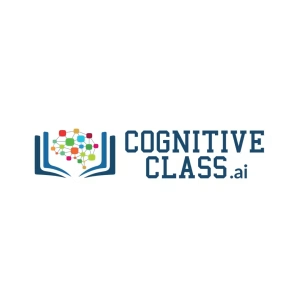Data Science
Showing 13–24 of 1577 results

A/B Testing in Python
Learn the practical uses of A/B testing in Python to run and analyze experiments. Master p-values, sanity checks, and analysis to guide business decisions.

A/B Testing in R
Learn the basics of A/B testing in R, including how to design experiments, analyze data, predict outcomes, and present results through visualizations.

A/B testing: The art and science of data-driven choices
Master the art and science of A/B testing for data-driven decision making. Learn how to design, implement, and analyze A/B tests to optimize user experience, increase conversion rates, and make informed business decisions based on empirical data.

Ace the Product Analytics Job Interview
Learn the fundamentals and strategies for interviewing for a data science job.

Achieving Advanced Insights with BigQuery
The third course in this course series is Achieving Advanced Insights with BigQuery.

AdelaideX: Big Data Analytics
Learn key technologies and techniques, including R and Apache Spark, to analyse large-scale data sets to uncover valuable business information.

AdelaideX: Big Data Capstone Project
Further develop your knowledge of big data by applying the skills you have learned to a real-world data science project.

AdelaideX: Computational Thinking and Big Data
Learn the core concepts of computational thinking and how to collect, clean and consolidate large-scale datasets.

AdelaideX: Programming for Data Science
Learn how to apply fundamental programming concepts, computational thinking and data analysis techniques to solve real-world data science problems.

Advanced Data Retrieval Techniques in SQL Server
This course will teach you advanced querying, indexing, and data analysis skills.

Advanced Diploma in Python Programming for the Novice to Expert
This Free Online Course Includes: 15-20 Hours of Learning CPD Accreditation Final Assessment

Advanced Operations on Arrays with NumPy
Companies have been aggressively working to harvest their large quantities of data and derive meaningful results from them. The first and most important step is to understand how to represent that data and perform mathematical computations.
